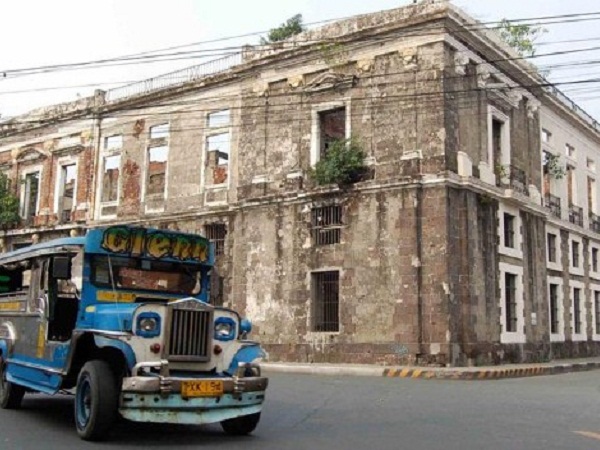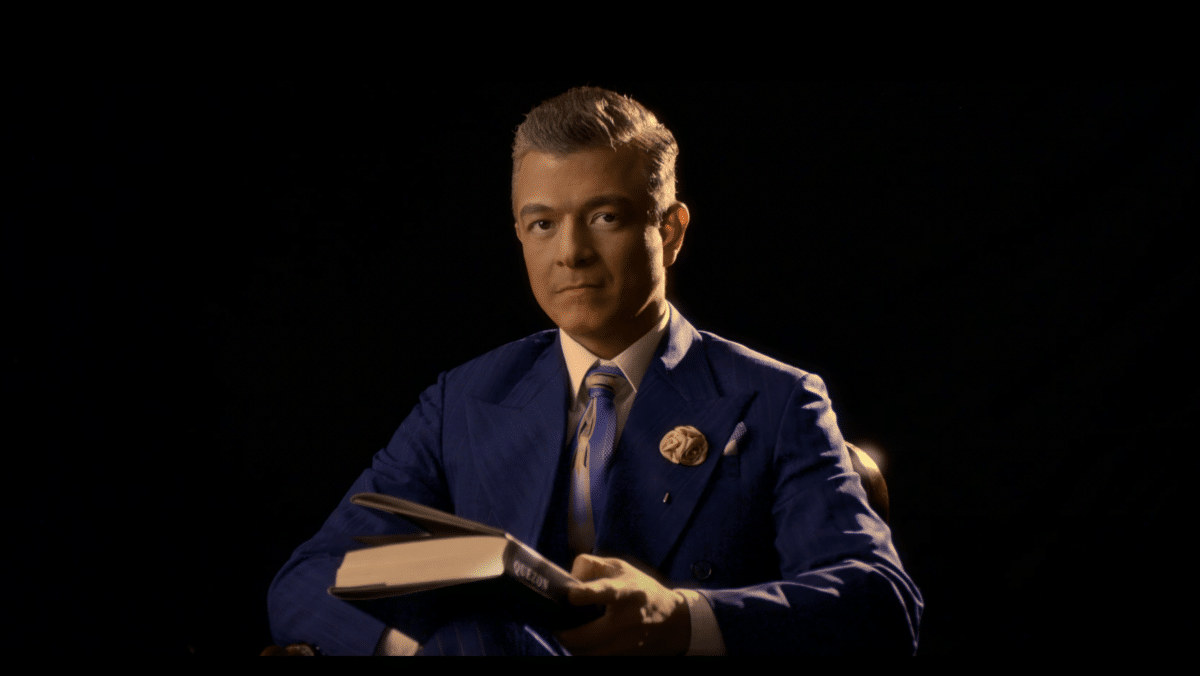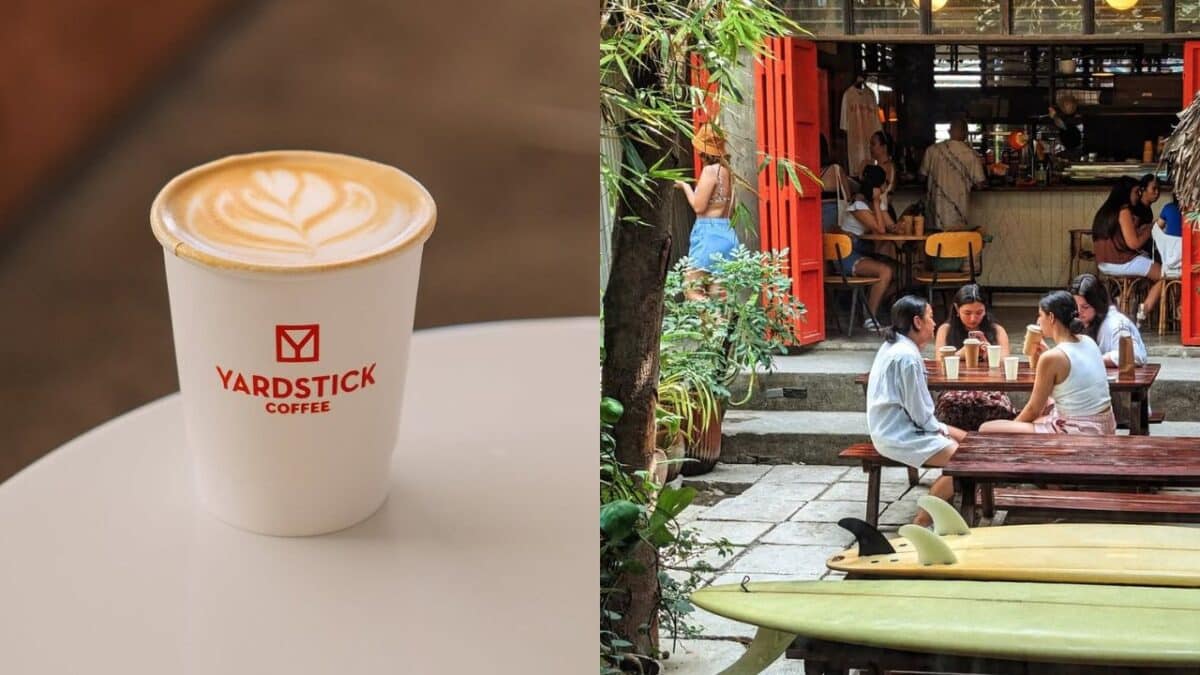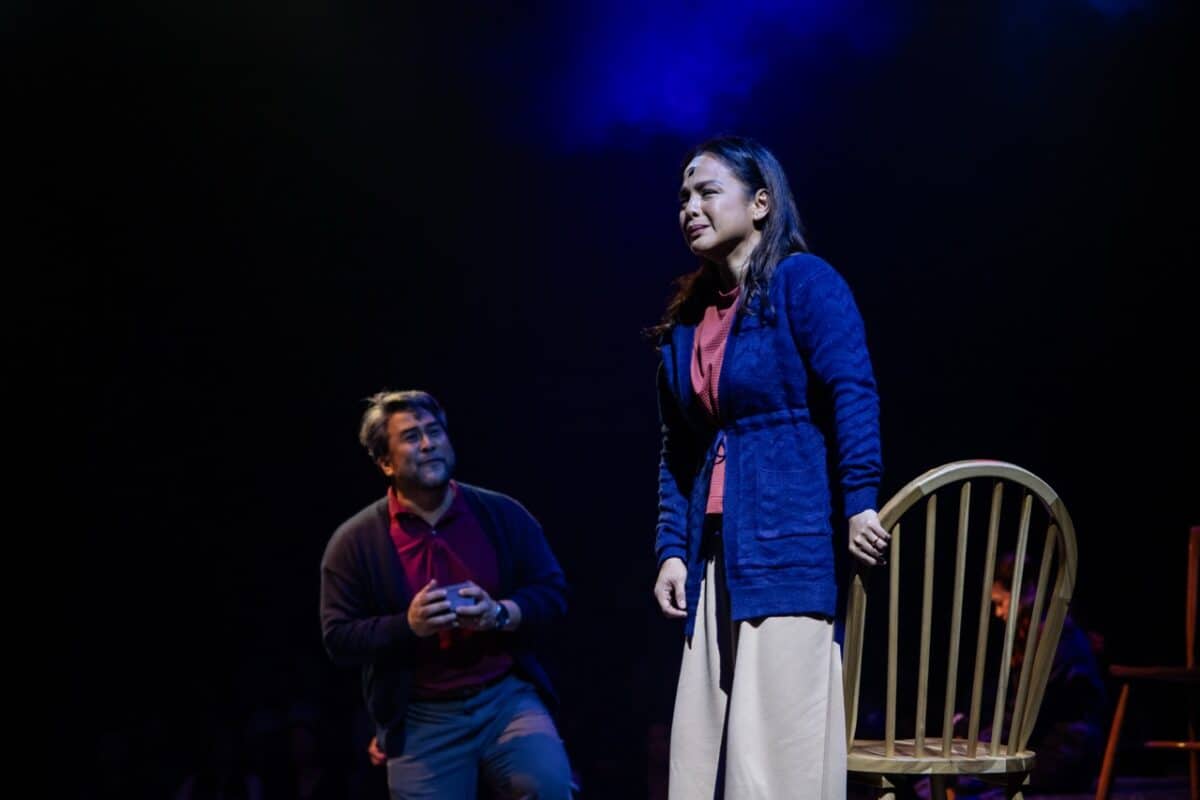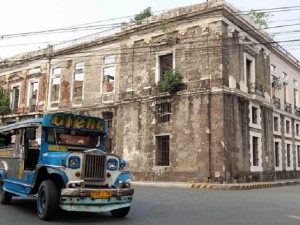
“From childhood, no amount of familiarity could dull for me the mysterious wondrousness of Intramuros as the very vitals, the hid heart, the secret soul of my city,” wrote National Artist Nick Joaquin in the introduction to a 1983 book on Manila’s ancient Walled City.
The heart of the country’s capital, which marks today the 441st year of its founding by the Spanish conquistador Miguel Lopez de Legazpi, is busy transforming itself into a vibrant community and a worthwhile travel destination while preserving its status as a heritage city.
The Walled City’s overseer, the Intramuros Administration (IA), has revealed that archaeological plans are under way to dig deeper into the capital city’s roots for more evidence of the predecessor of Spanish Manila—the old Kingdom of Maynila by the Pasig River whose last ruler was Rajah Sulayman.
“The excavation will determine the actual site of Rajah Sulayman’s settlement. The consensus has always been that it lies where Fort Santiago is now, but there’s no archaeological evidence to support that,” said IA Administrator Jose Capistrano in an interview.
The Association of Southeast Asian Nations’ (Asean) committee on culture and information, in a recent meeting in Burma (Myanmar), agreed to fund the archaeological dig, Capistrano said.
Capistrano said he would be coordinating with the National Museum for a suitable schedule for the project in the “near future.”
During the Spanish colonial period, Intramuros was all of Manila and served as the seat of the colonial government. It was only during the American colonial period that the city came to encompass the townships that surrounded it like Binondo, Malate and Ermita.
‘A holy of holies’
Old Manila residents used to refer to Intramuros as “sa loob ng Maynila (inside Manila),” leading Joaquin, a resident of Paco district, to write, ‘[A]pparently there was another place where you were even more into Manila: an even deeper inside, an innermost sanctum, a holy of holies.”
Keeping the Intramuros of memory is the IA’s main task, according to the 1979 law that created it. The agency’s mandate is to preserve and enhance the historical value of Intramuros and integrate its heritage into the national consciousness.
Intramuros is administered as a special tourism economic zone. Aside from being a showcase of Spanish colonial architecture, Intramuros is also a religious center, hosting the seat of the Archdiocese of Manila and the country’s oldest church, San Agustin.
Investment in people
At the same time, Intramuros is also a center of learning, with various universities located there; a maritime commercial extension of the nearby Port Area; and a community of about 5,000 residents grouped in five barangays.
Capistrano said he looked forward to investing more of the IA’s resources not just on the historic sites of Intramuros but also on its people—the visitors, workers, seafarers, students and residents.
Which is why the IA, with the help of tourism stakeholders and volunteers, is churning out various cultural performances, walking tours and souvenir shops.
“We don’t have a problem with our daytime tourists, it’s the nighttime activities that we are improving so we are reviving a lot of cultural events to revive Intramuros at night,” he said.
Capistrano sat for the interview late Friday following a much-applauded cultural show, which featured poetry reading from the works of Amado V. Hernandez and Jose Rizal interspersed with the singing of kundiman (Tagalog love songs) and patriotic songs.
The show, whose audience included students, nuns and tourists, was held at the Teatrillo, an underground auditorium at the Plaza San Luis Complex opposite San Agustin Church.
Bars, cafes, shows
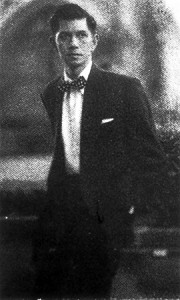
The other venue for cultural performances are the nearby Casa Blanca, which hosted a flamenco dance show, and Barbara’s Restaurant, which has daily performances of folk dances and rondalla—presented by students and graduates of schools in Intramuros.
Capistrano said the music bars and cafes that were set up about a decade ago on the walls and bulwarks of Intramuros would be revived at the Puerta Almacenes and the adjoining riverside Maestranza curtain wall, where the arsenal of the fortress-city used to be.
“The area will have a soft opening, primarily for promenaders. Bidding will be held later for the spots allotted for cafes, bars and other hangouts,” he said.
By October, or after the monsoon ends, the Puerta Real gardens facing Padre Burgos Drive and the Plaza Rajah Sulayman inside Fort Santiago will begin hosting cultural events, according to Capistrano.
The IA’s “Ride and Roll” has already been launched for visitors to be able to tour Intramuros’ historic places on board Victorian horse-drawn carriages.
Self-sustaining tourism zone
Capistrano, who was IA administrator from 1989 to 1990, said the new development blueprint for Intramuros aimed to make the place a self-sustaining tourist zone.
The tourist attractions expected to open this year or early next year will be the San Ignacio Church, to be restored on the site of the old Jesuit church, which will contain the IA’s ecclesiastical art collection, and the Ayuntamiento, a restoration of the old City Hall of colonial Manila that later also housed the colonial legislatures and Supreme Court.
A third hotel is also being contemplated, via a public-private partnership (PPP) program, on the site of the old Clamshell building.
The boutique hotel will be built on the site and will recreate the architecture of the old Ateneo Municipal of the Jesuits where the national hero Jose Rizal studied.
PPP projects
Another PPP project will develop the site of the American barracks inside Fort Santiago into a fine-dining restaurant.
Near the Rizal Light and South Museum, on the bayside of Intramuros, are the ruins of the Sta. Lucia barracks, which used to house the defunct Philippine Constabulary. Capistrano said the IA has plans to develop the area into a sort of theme park.
“Like the Madurodam or the miniature city of the Netherlands, the Sta. Lucia park will showcase small replicas of the old churches, schools and other buildings that used to stand in Intramuros,” he said.
Capistrano said the site of the old Commission on Elections building will be enlarged and developed into a parking lot for tourists and visitors.
The expected influx of tourists highlights the need for more security and parking lots. Capistrano said he had asked the Philippine National Police to station more “tourist policemen” in Intramuros. The IA has also begun lighting up dark areas and installing security cameras to discourage muggers and vandals.
Open to everyone
Capistrano said the IA’s tourism efforts would cater to everyone, whatever their station in life. Fees for museums and attractions will be kept at affordable rates while people will be able to freely tour the walls, plazas and other public places.
Capistrano said Intramuros residents would be tapped as workers and entrepreneurs in tourism businesses expected to thrive with the influx of visitors.
Even students and out-of-school youths in Intramuros are being trained in the craft of restoration through the Spanish government-funded Escuela Taller, which Queen Sofia of Spain will visit this year. The trainees have actually participated in the restoration of some of the gates and old buildings, Capistrano said.
He said the IA will also be hosting more visual artists and photographers’ sessions that would record Intramuros and its people in their paintings and pictures. Some of the more recent artists’ sessions included one attended by actors Cesar Montano and Sam Pinto, and another that focused on the boyhood of Jose Rizal.
Where the nation started
“We want Intramuros to be for everybody. We want to attract all Filipinos to come here, because this is where we started our path to nationhood,” he said.
The IA chief hopes that like Nick Joaquin, every local visitor, not just Manila residents but all Filipinos, will treasure their Intramuros experience and appreciate the Walled City’s important colonial legacy.
“Every going to it was a penetration—and in there, for a Manileño, it was always like coming home. He was back to his original, essential, eternal island,” wrote Joaquin.

